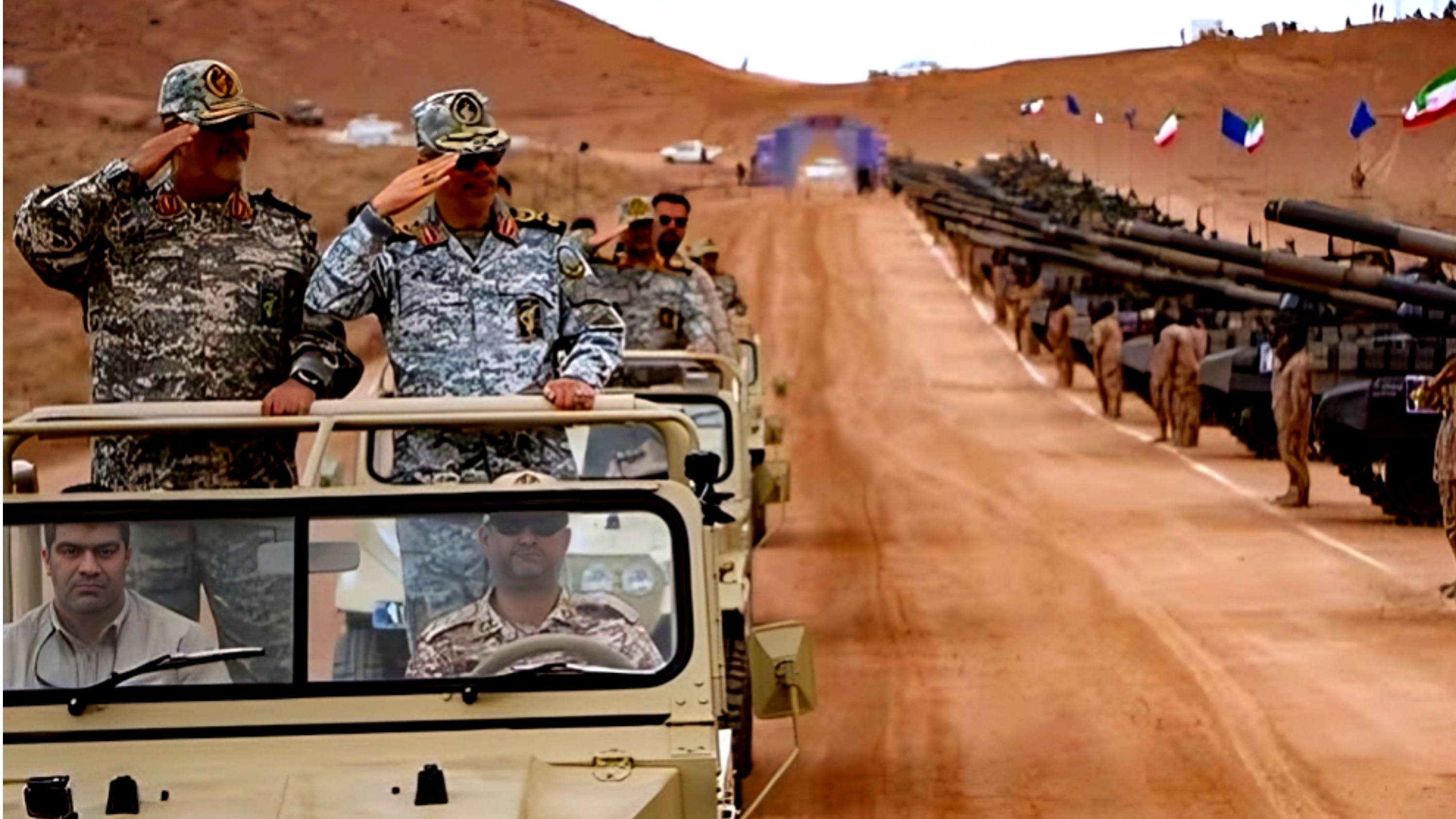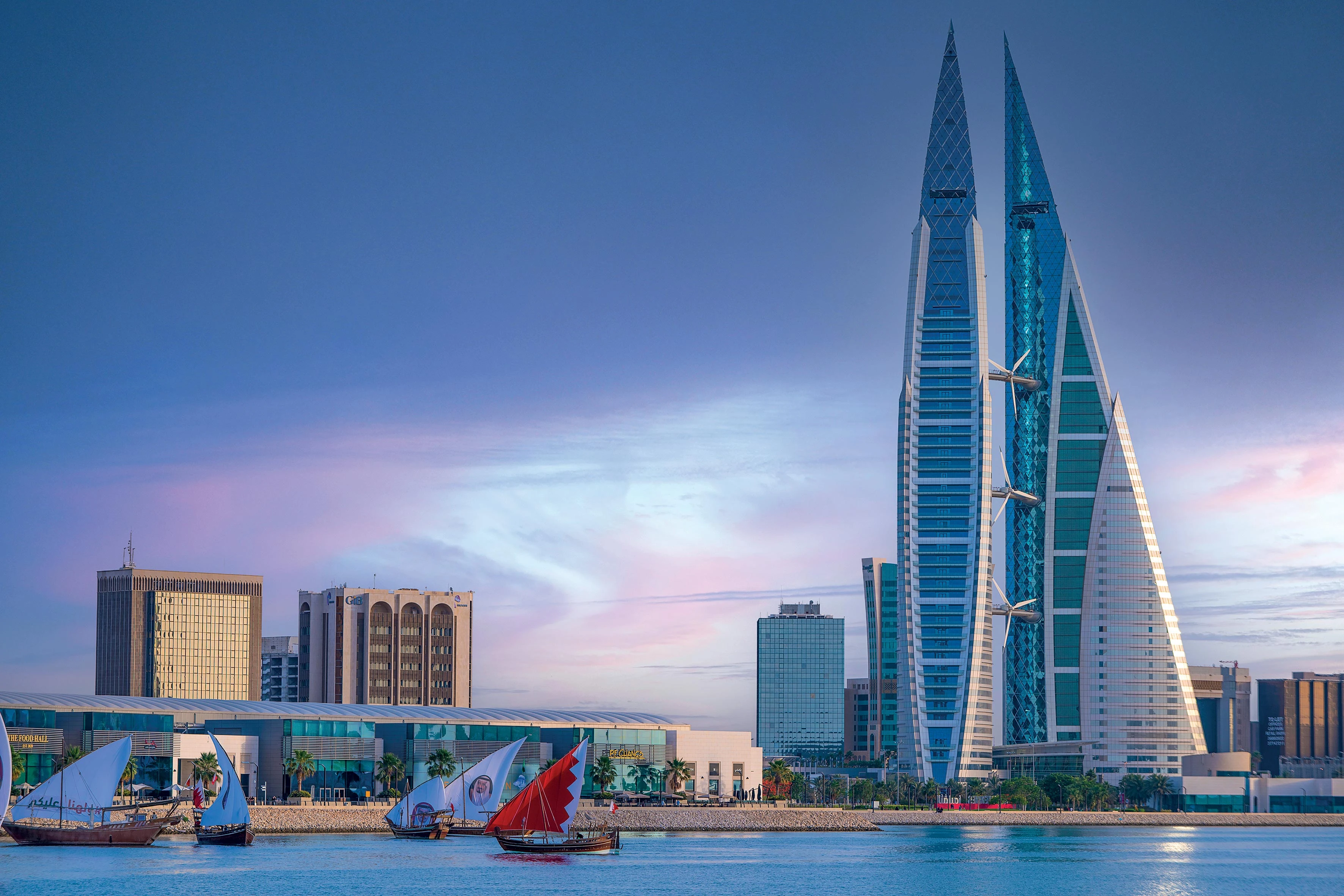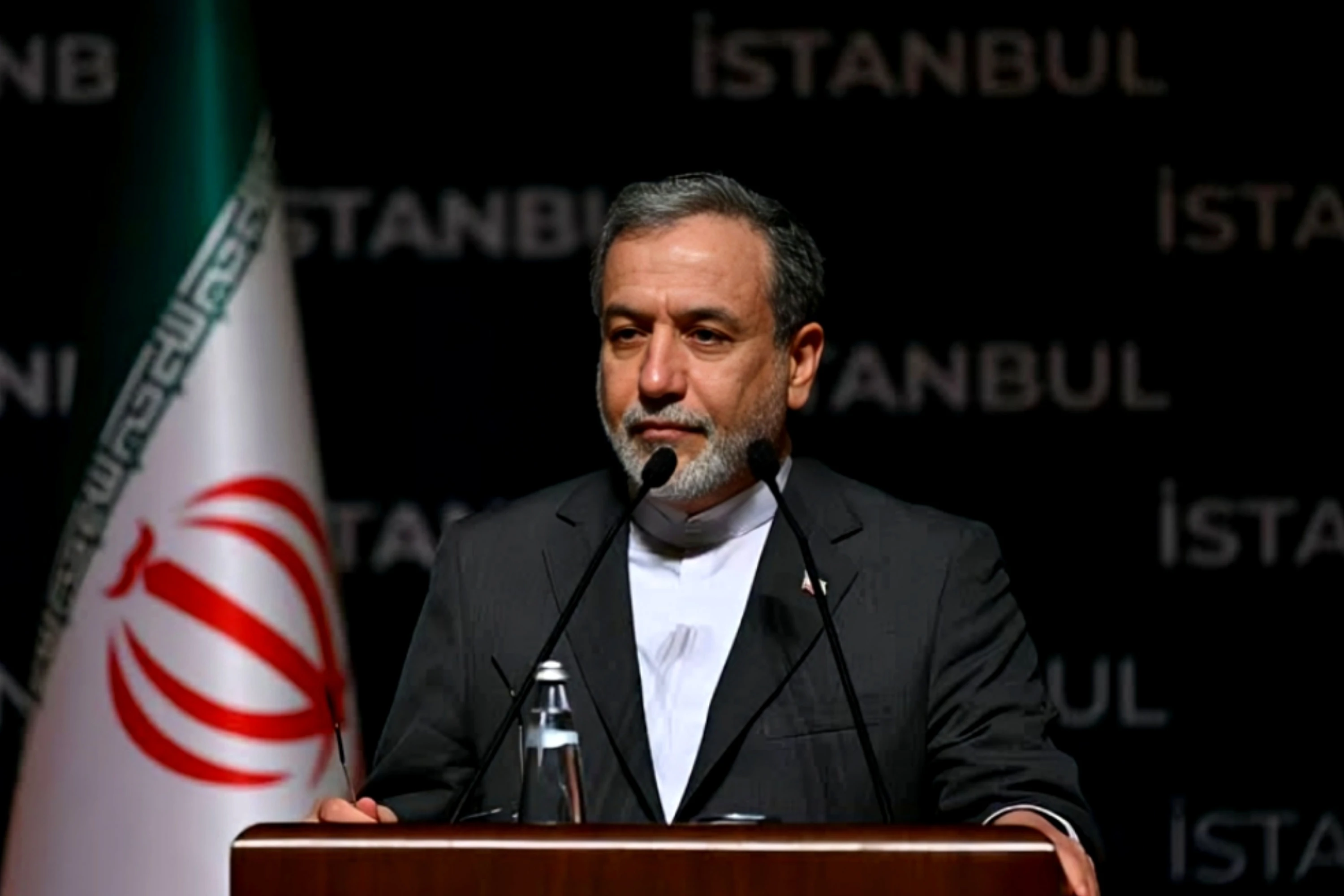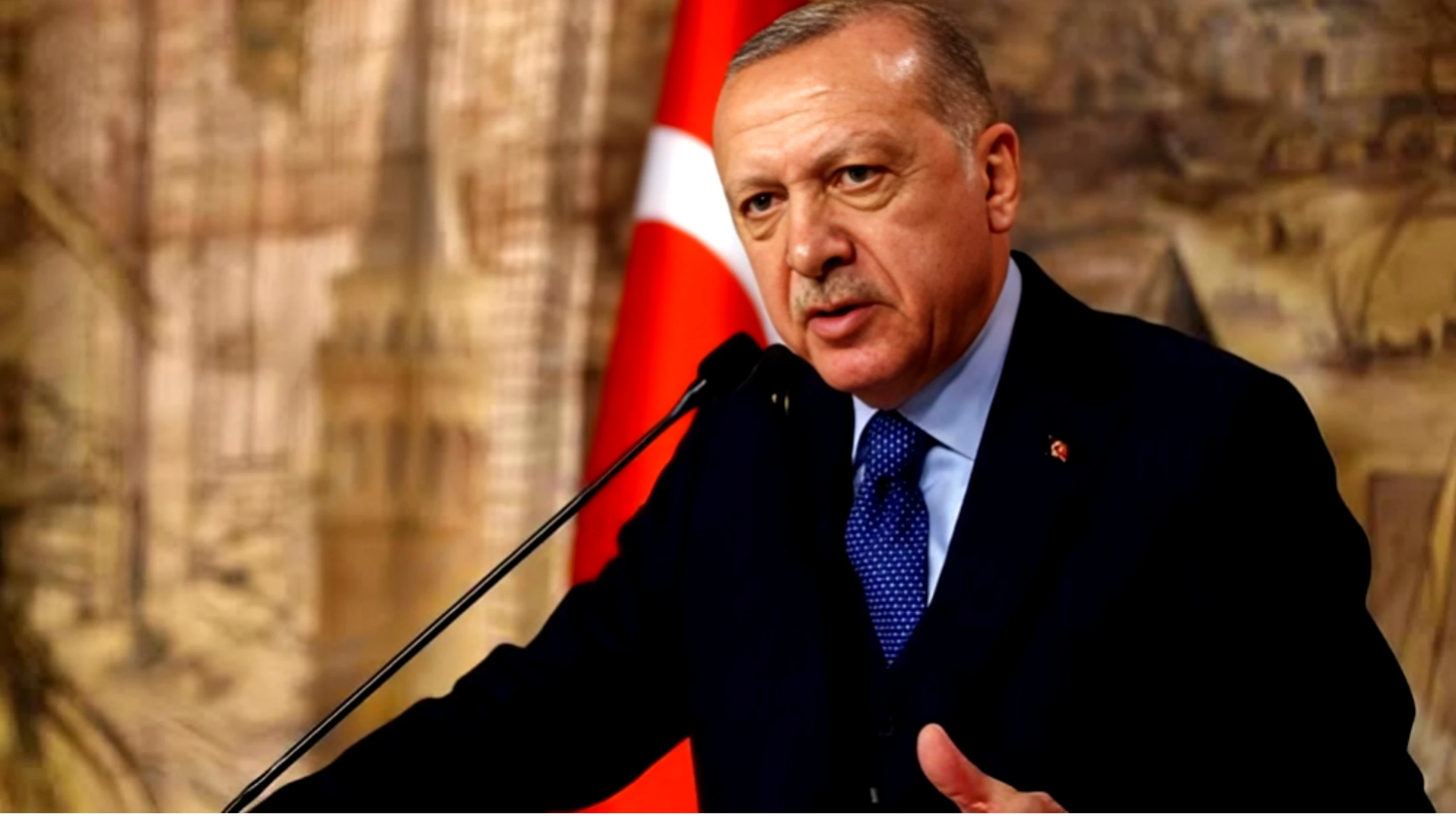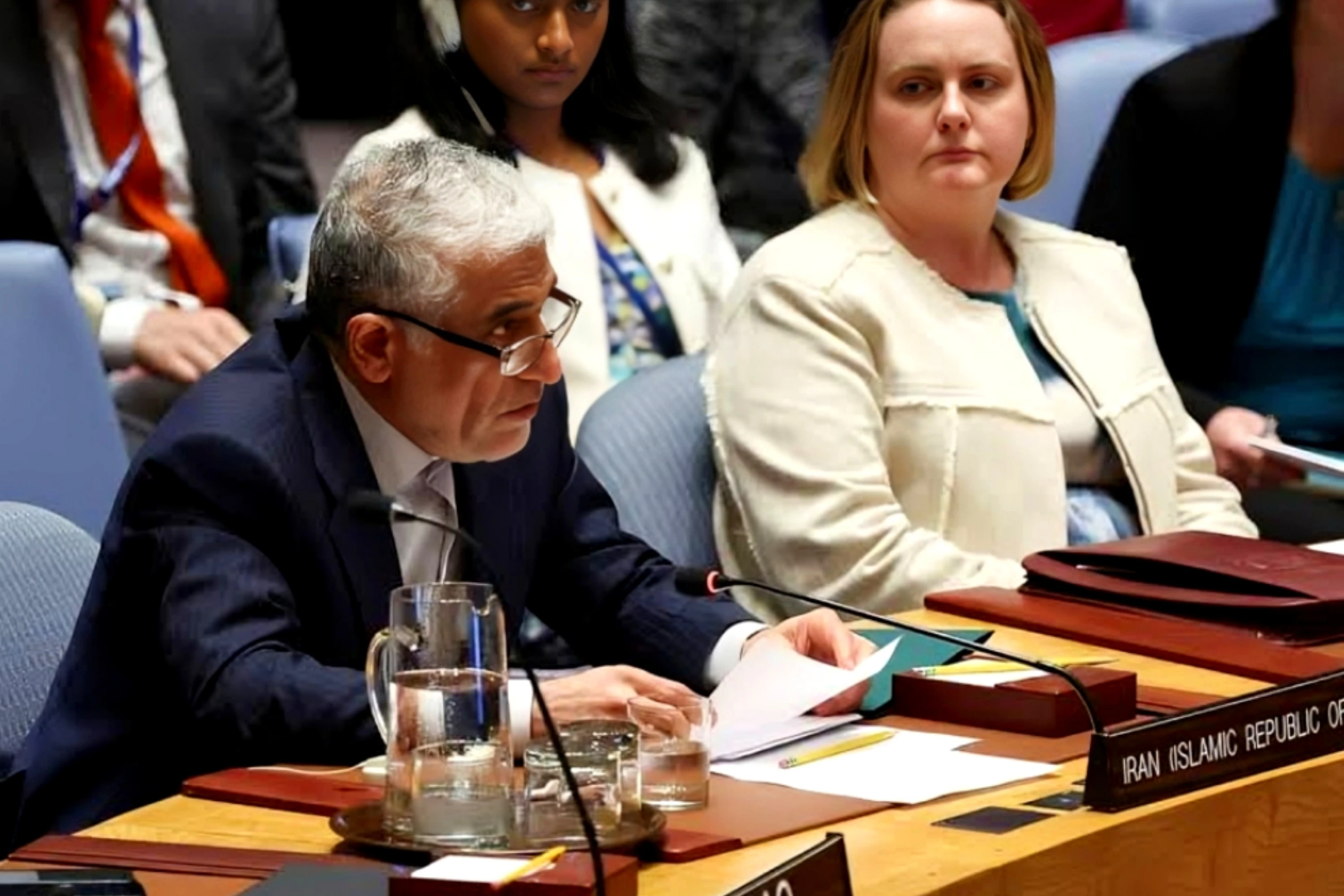Tehran: Over the past three months, Iran's military forces, including the army and the Islamic Revolutionary Guard Corps (IRGC), have carried out large-scale military exercises as tensions with the United States and Israel continue to escalate.
The drills, named Eqtedar, Zolfaqar, and Great Prophet, have taken place across Iran, the Sea of Oman, and the northern Indian Ocean, showcasing the country’s latest advancements in defense and offensive weaponry.
Amid threats from Washington and Tel Aviv to target Iran's nuclear sites and critical infrastructure, Tehran has vowed to retaliate, signaling preparations for potential conflicts. Iranian officials have revealed major underground military bases, described as "missile megacities," housing an array of ballistic missiles. These include the Khorramshahr-4, with a 2,000km range and a two-ton warhead, and the Qadr missile, capable of traveling the same distance with a 750kg payload. Other missiles, such as the Jahad, L360, and Emad, were also highlighted.
The IRGC Navy unveiled a secret underground naval base along Iran’s southern coast, featuring missile-equipped speedboats, anti-ship mines, and the Qadr-380 cruise missile, which can reach over 1,000km. Iranian officials also claim to have developed a supersonic anti-ship cruise missile with a 2,000km range, to be revealed soon.
Iran’s air force participated in the exercises, deploying domestically produced jets like the Saeqeh and Azarakhsh, alongside older U.S. and Russian-made aircraft. Notably, Iran used newly acquired Russian Yak-130 jets for pilot training, preparing for potential future deliveries of Su-35 fighter jets.
In response to past Israeli strikes on its territory, Iran showcased its missile defense capabilities, refuting claims that its Russian-made S-300 systems had been destroyed. The military tested these alongside the locally developed Bavar-373 system, designed to intercept targets at over 300km. Other defense systems, such as the 15-Khordad and Sayyad 4B missiles, were also demonstrated.
Iranian forces conducted drills around key nuclear facilities, including Natanz and Fordow, preparing for potential strikes using bunker-buster bombs. The army also displayed its armored units, including the Karrar battle tank and BMP-2 carriers, in coastal and desert combat scenarios.
The naval segment of the exercises included speedboats, warships such as the Jamaran and Zagros, and the Heydar 110, a catamaran speedboat claimed to be the world’s fastest at 110 knots. Iran also introduced the Hadid-110, a jet-powered suicide drone capable of launching from underwater drones.
Submarines, including the Tareq, Fateh, and Ghadir, were deployed, and anti-submarine missiles were launched from U.S.-made Sea Hawk helicopters. Additionally, Iran plans to unveil a hovercraft corvette armed with missile systems soon.
In early February, the IRGC introduced the IRIS Shahid Bagheri, Iran’s first drone carrier, which was converted from a merchant vessel. The ship features a 180-meter runway, multiple drone hangars, a hospital, and fuel stations for various aircraft. It can deploy drones such as the Ababil, Mohajer, and Homa models, as well as the newly revealed jet-powered Qaher-313. Despite its capabilities, the vessel’s defense systems appeared minimal.
Iran's drone capabilities were a key focus, with the army receiving 1,000 new drones, including versions of the Shahed, which Western countries allege have been supplied to Russia. The military also practiced swarm attacks, launching multiple drones simultaneously to overwhelm enemy defenses.


